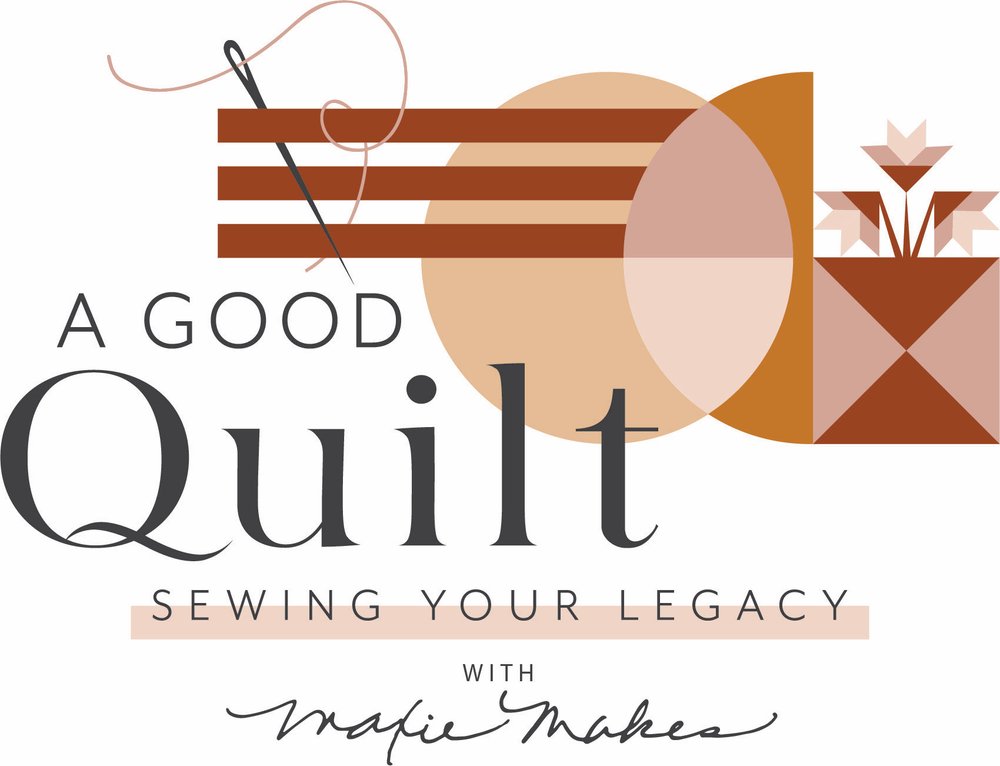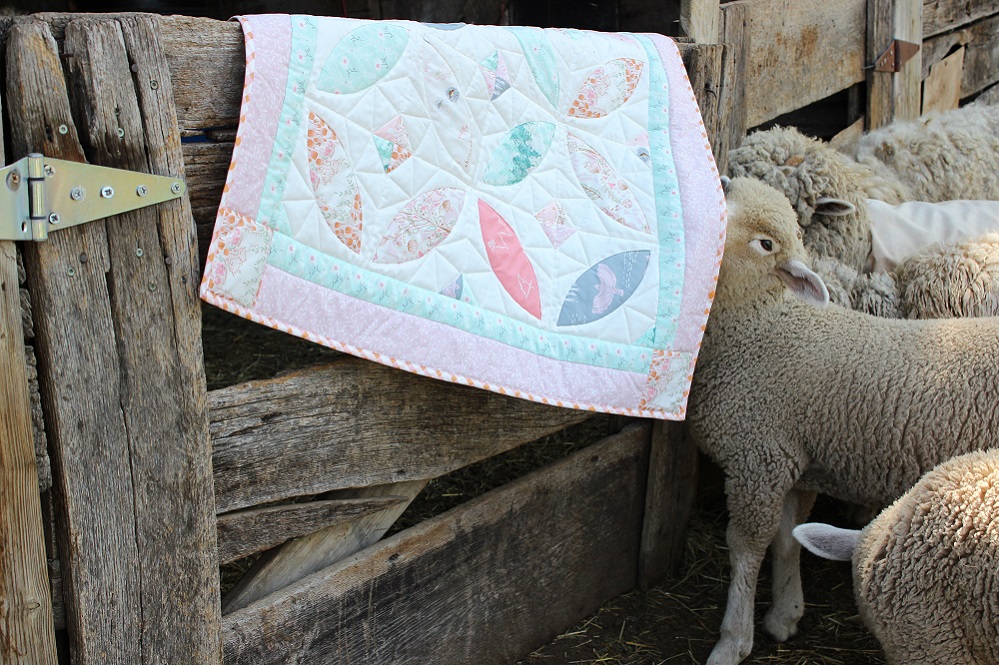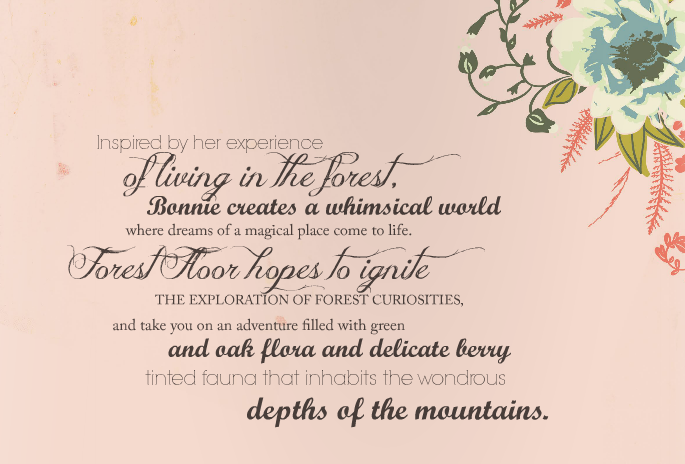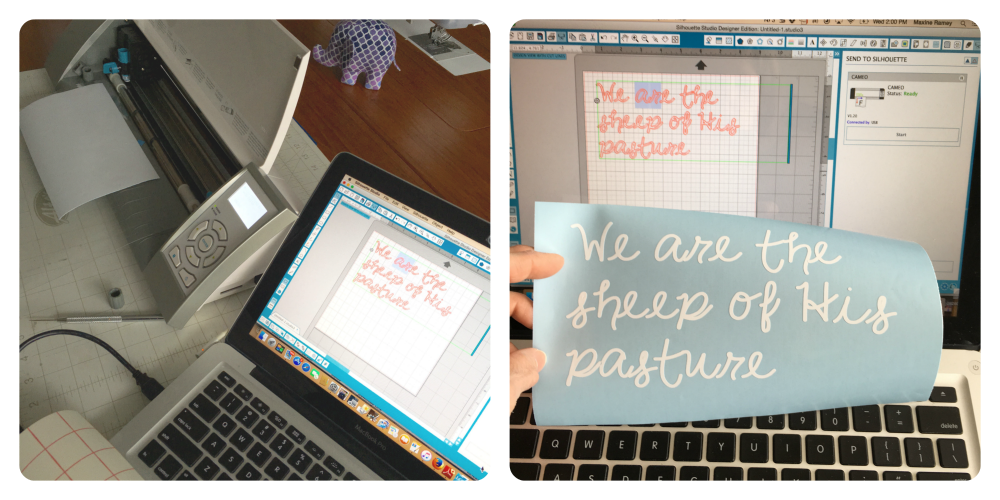Quilt kits make our lives easy and let us get straight to the fun of sewing! This project was a long time in the making, but today's the day that I can finally say that the "Hello, Bear Buck Forest" quilt kit is ready! The Buck Forest fabric line, designed by my daughter, Bonnie Christine, is now a basic with Art Gallery Fabrics, but it is originally a print from her "Hello, Bear" fabric line. Prompted by my good friend, Linda, I began to think about using Hello, Bear to make Buck Heads and border it all with a Buck Forest print.
The quilt, which is 76" x 84" includes sixteen (16) pre-fused, die cut buck heads, (ready to apply to the background fabrics!), background, sashing, outer border and binding fabrics!
I used Lite Steam-a-Seam2 as the fusible material for each head. This product is re-positionable and very easy to work with. Although touted as "no-sew" on the package, I recommend stitching around each head after fusing in place. To do this, simply drop your feed dogs and work free-motion style with each block individually, before constructing the entire quilt. I recommend a dark thread in the bobbin and top, and I'm loving this whimsical straight stitch, with about 3 rounds to hold everything securely.
However, I have to share that I found an even easier way to stitch the Buck Heads in place...on my Handi Quilter long arm machine! I simply loaded the completed quilt top without the batting and backing, put dark thread in the bobbin and top, and stitched away!
I may never look at applique´ the same again! I've stitched applique´ on my long arm in the past, but always when loaded with backing and batting, which results in a lot of stitches on the back side of the quilt. Working with only the top loaded prevents any of the these stitches on the back, and allows me to use dark thread in both the bobbin and the top, regardless of my backing fabric color! (This quilt's backing, by the way, is Art Gallery's billowy cotton voile. Soft.)
For the quilting, I chose a free-motion woodgrain design in Superior Thread's clear Monopoly, allowing me to stitch over the Buck Heads without conflicting with the applique´stitches. Straight lines or simple meandering would also be great with that same thread.
So, go ahead, order my kit (here) and whip up a Buck Forest quilt for your own little woodland adventurer!
PS...Want a little back side view of making a quilt kit?
There were so many details to work out in creating this in kit form, and I began with contacting Custom Pro-Dies to make a die that would allow me to cut each buck head accurately and quickly. That required a letter of permission to the die company from Bonnie Christine before they would even agree to make the die. That's right. Bonnie gave me exclusive rights because I gave birth to her.
Even before the die was ordered the quilt and yardage had to be determined. I work in Electric Quilt, so I downloaded Bonnie's fabrics into the program so that I could use the actual fabrics I wanted for the quilt. As soon as the die arrived I began the sample. I fused Lite Steam-a-Seam 2 on the back side of every buck fabric prior to running it through the die-cut machine. The machine will handle about 3 layers, so that required about 5-6 passes to cut sixteen Buck Heads.
After all the Buck Heads were ready, I cut the background fabrics to size and fused the heads in place. I use a steam press in my studio, which makes all the fusing more efficient and it results in a good, strong bond. This is how the rest went:
- Make the quilt top.
- Write a rough draft of the pattern as I sew.
- Stitch the applique´ on my HandiQuilter long arm machine.
- Reload the quilt with batting and backing. Quilting time!
- Bind the quilt.
- Photograph the quilt for the pattern. (This involved a trip to the Biltmore House in Asheville, NC!)
- Edit photos.
- Figure fabrics for X number of quilts and place an order with Art Gallery Fabrics.
- Order a boat load of Lite Steam a Seam2.
- Cut Buck Head fabrics and Steam a Seam to size for each block, 16 per quilt kit.
- Fuse Steam a Seam to each fabric, one by one.
- Run fabrics through die-cut machine.
- Cut fabrics for background blocks, sashing, outer border and binding.
- Prepare final draft of pattern and order copies.
- Assemble and package quilt kits.
- Begin dreaming about the next quilt I'll make...
Happy Sewing! Thanks for visiting! God bless, Maxie

























